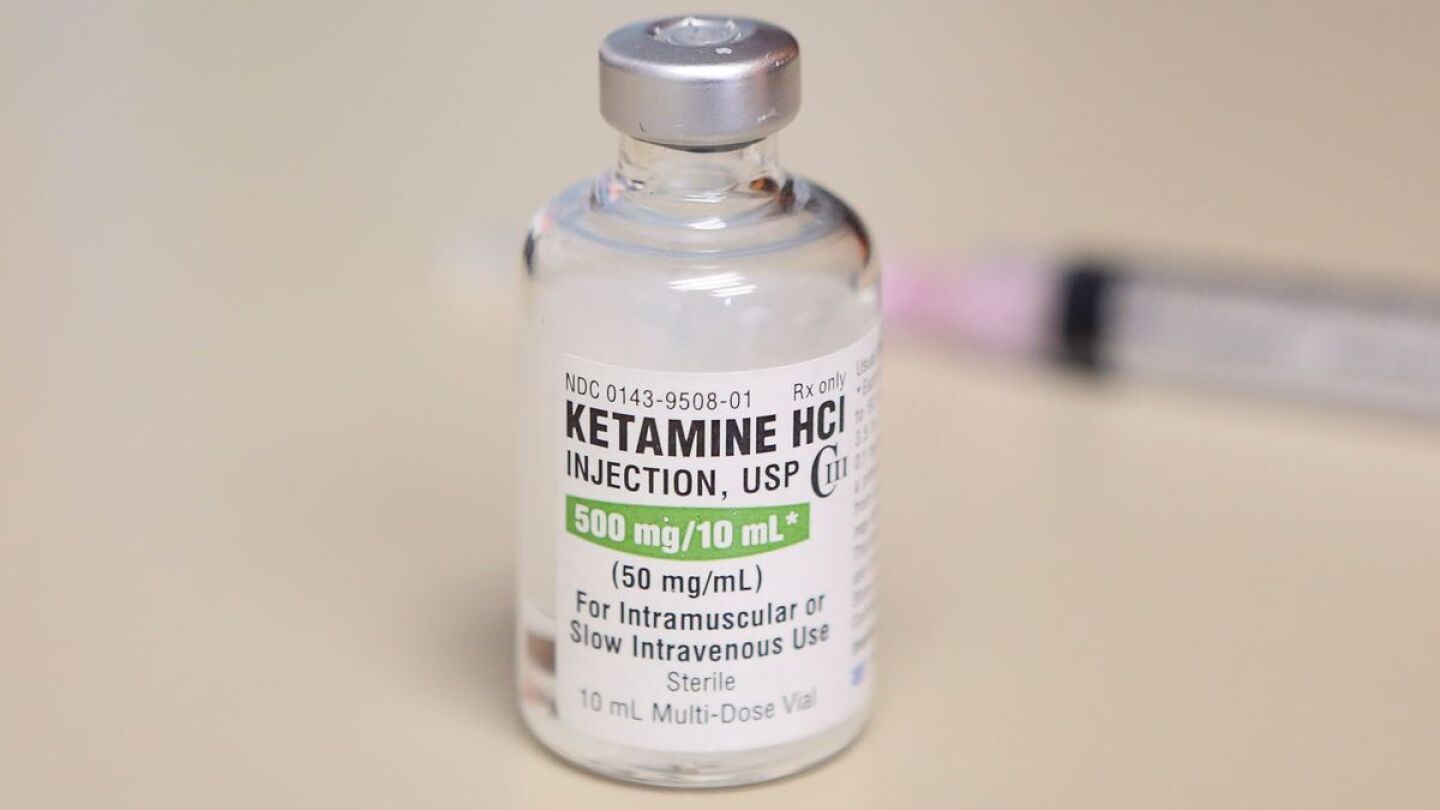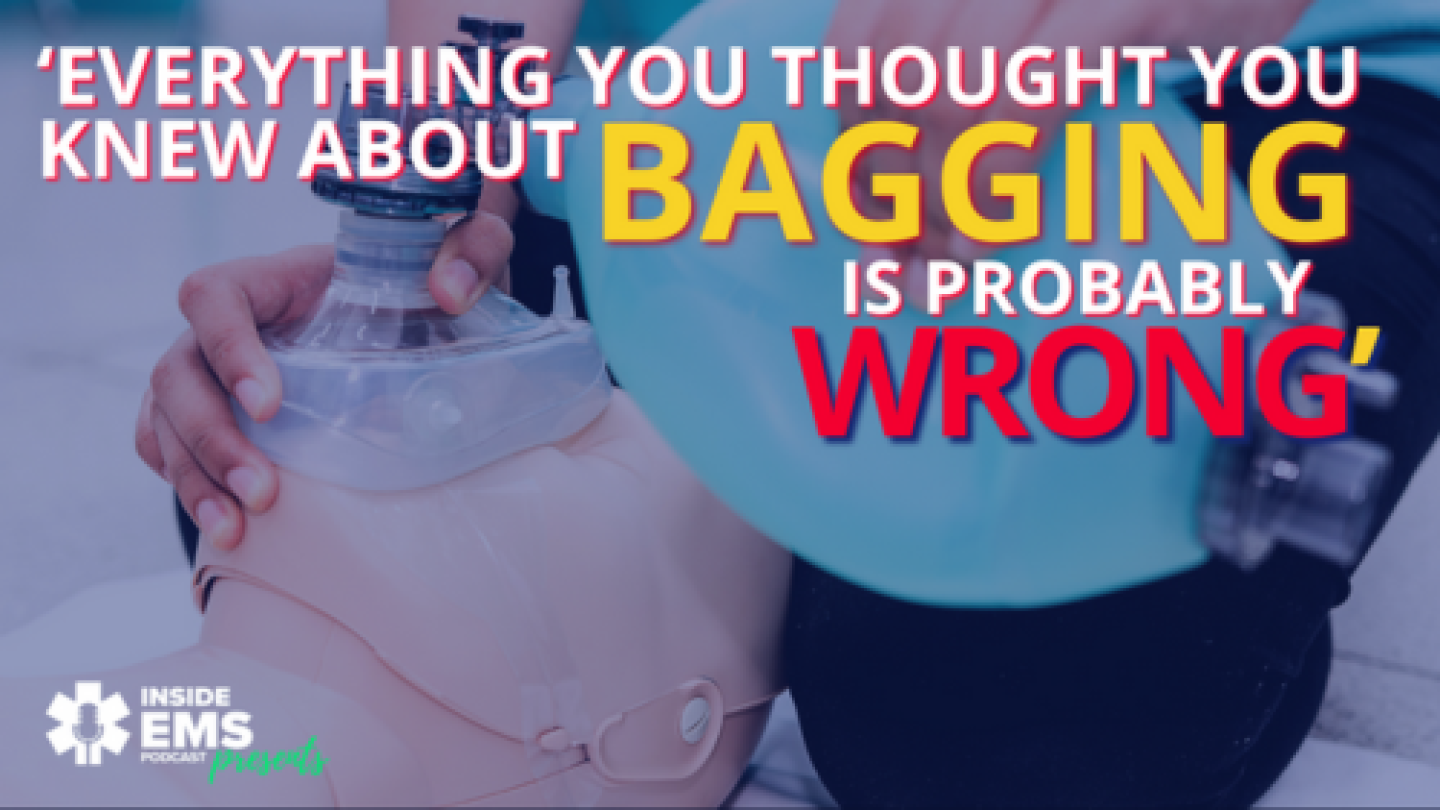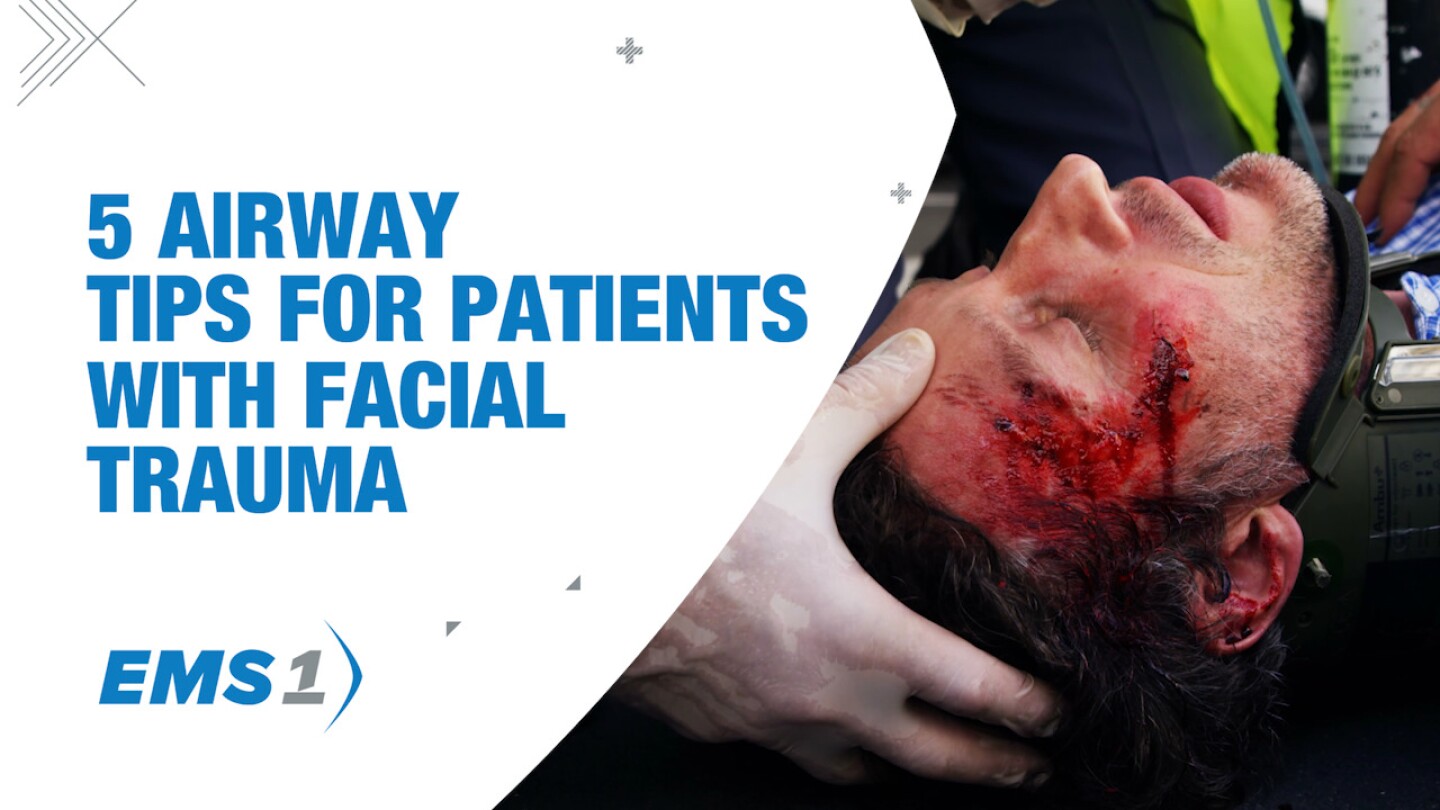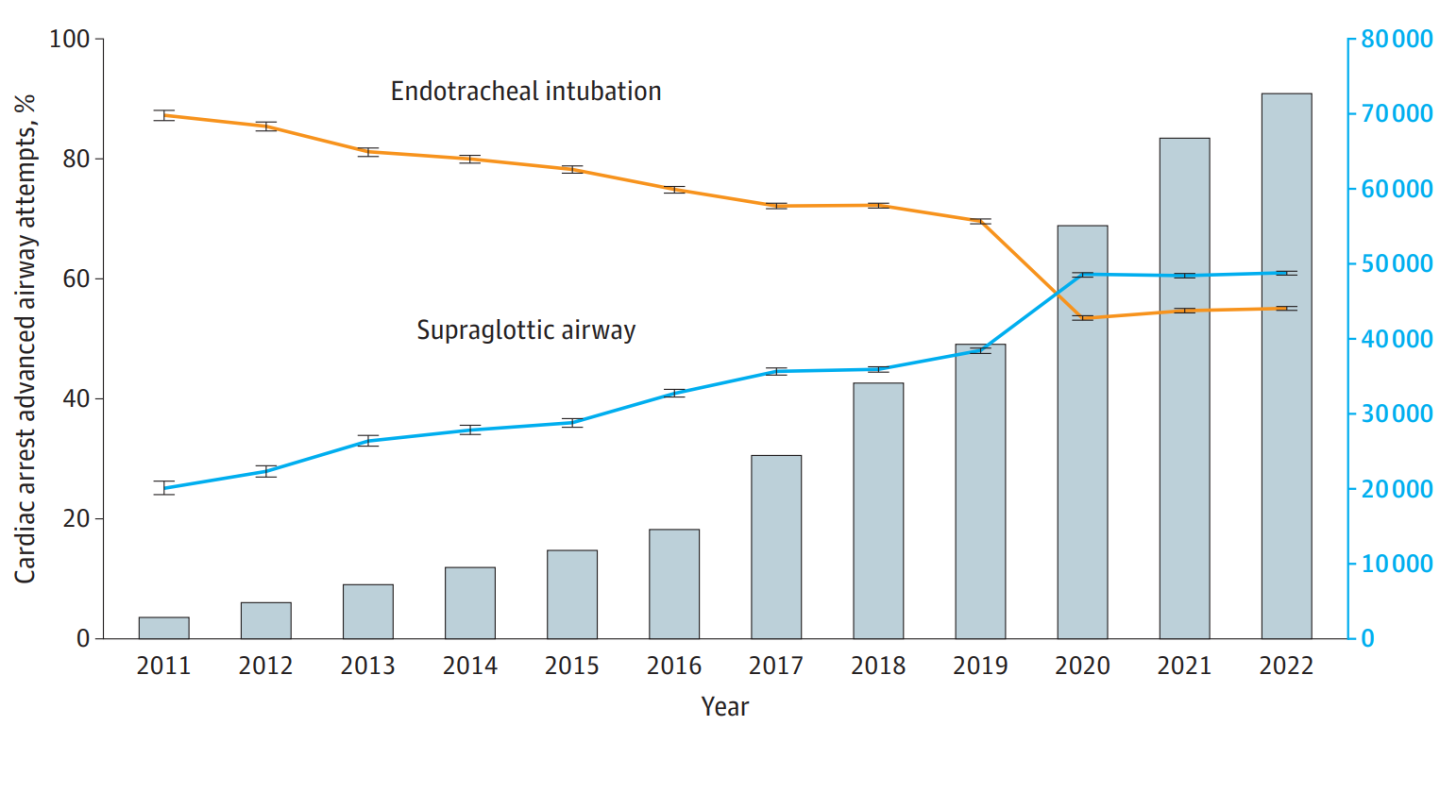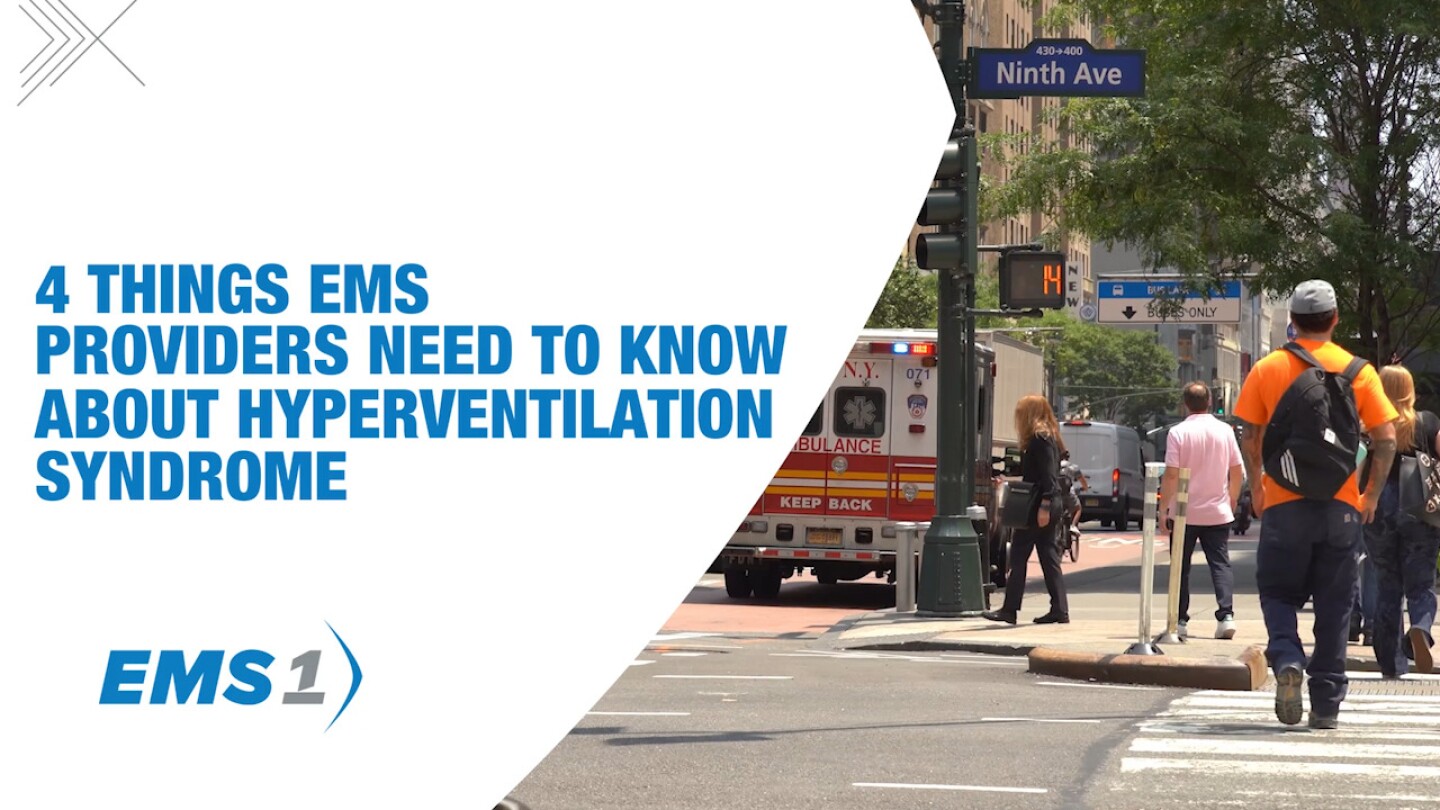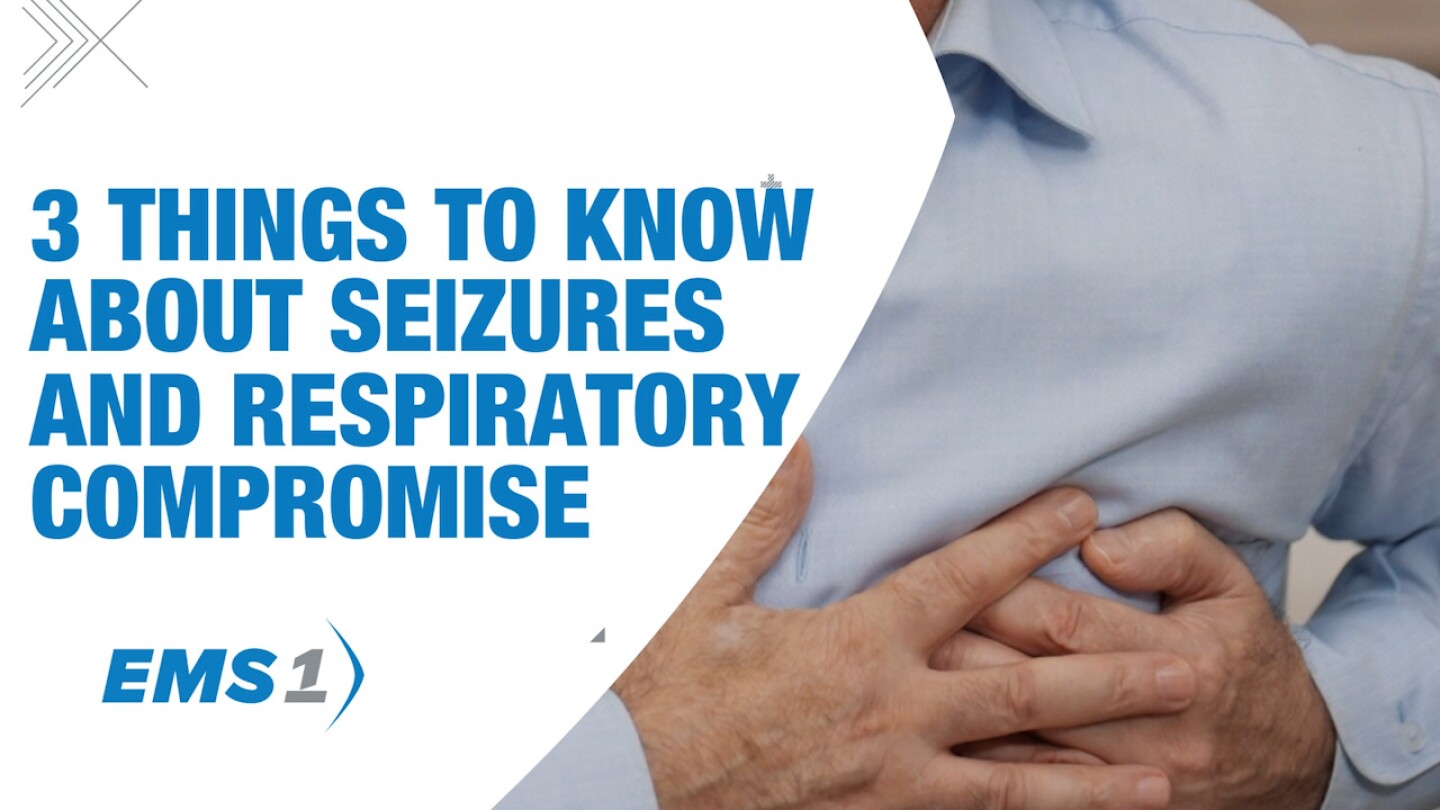Capnography
Discover our directory of articles on Capnography in EMS, designed to equip professionals with the knowledge needed to effectively monitor and interpret end-tidal CO2 levels. This collection covers capnography in various scenarios, including respiratory emergencies, cardiac arrest, and airway management. Understanding capnography is essential for making informed decisions in critical situations. For more insights, explore our resources on Airway Management. Stay informed and improve your patient care with our expert guidance on capnography.
Identifying and treating tension pneumothorax, a life-threatening condition that can occur with chest trauma
Capnography and ETCO2 monitoring are critical for assessing ventilation, confirming airway placement and guiding resuscitation
Steve Whitehead shares CPAP contraindications
Pope Francis is recovering at the Vatican under 24-hour medical care, receiving ongoing respiratory and speech therapy, with doctors reporting no current threat to his life
A joint NAEMSP, NASEMSO, NEMSMA, NAEMT, APA position statement prioritizes patient and provider safety
The need for data-driven decisions in managing aggressive patients while ensuring safety and compliance
From the 1500s until today, techniques for placing a tube into the trachea have continuously evolved and will continue to improve in the future
Four distinct events must occur in order for an anaphylactic reaction to manifest
Day 1 of the Wisconsin EMS Association conference featured sessions on sepsis, electrolyte imbalances, facial trauma and traumatic amputations
New solutions for higher standards of care
Make sure each of your service’s cardiac arrest patients get the best chance of survival by prioritizing high-quality CPR in training and in practice
How advanced techniques like delayed-sequence intubation and NIPPV mitigate adverse outcomes in physiologically difficult airways
Are those historical skills a blessing or a curse?
NEMSQA: The data shows the industry can do better
In a deep dive into NEMSQA’s 2024 report, Dr. Jarvis discusses critical airway safety measures and how EMS providers can leverage data, protocols and collaboration to achieve safer, more effective care
Communicating with law enforcement and following these clinical guidelines will help to keep patient safety first and foremost
Are you over-ventilating your patients? Probably, says Kelly Grayson
You are on scene with a patient who has suffered significant facial trauma; what are some strategies to improve your ability to manage his airway?
From budget-friendly picks to the top-tier, find the right stethoscope for your needs
Learn about two of the most common NMBAs used in EMS and how each impact intubation decisions during advanced airway management
Exploring a new application for capnography in the prehospital setting
ETI has been the primary method to help patients breathe; however, in the last decade, there’s been a significant shift toward using SGA, especially for cardiac arrest patients
Learn what the guidelines say about titration, selecting a sedation agent and monitoring sedation
We are limited on the amount of objective information available during prehospital care; don’t ignore this vital piece of the puzzle
Anxiety and emotion can spiral into respiratory compromise that is self-reinforcing, frightening and an EMS-treatable emergency
Understand the role of pulse oximetry and waveform capnography to assess and treat patients who are hyperventilating
Fluid, dosing and airway considerations to prevent RV ischemia
Props and tricks can add creativity into your next airway management adventure during simulation or on the job
Understand how respiratory monitoring devices can be used to guide treatment during and after seizures
MOST POPULAR
- Study: Paramedics are shifting to supraglottic airways
- On-demand webinar: Mastering capnography in EMS – Overcoming monitoring challenges
- NEMSQA 2024: Dr. Jeff Jarvis on airway safety and the path to EMS improvement
- 5 things EMS providers need to know about capnography and ETCO2 monitoring
- 6 capnography monitor tips for capturing a clean waveform
















